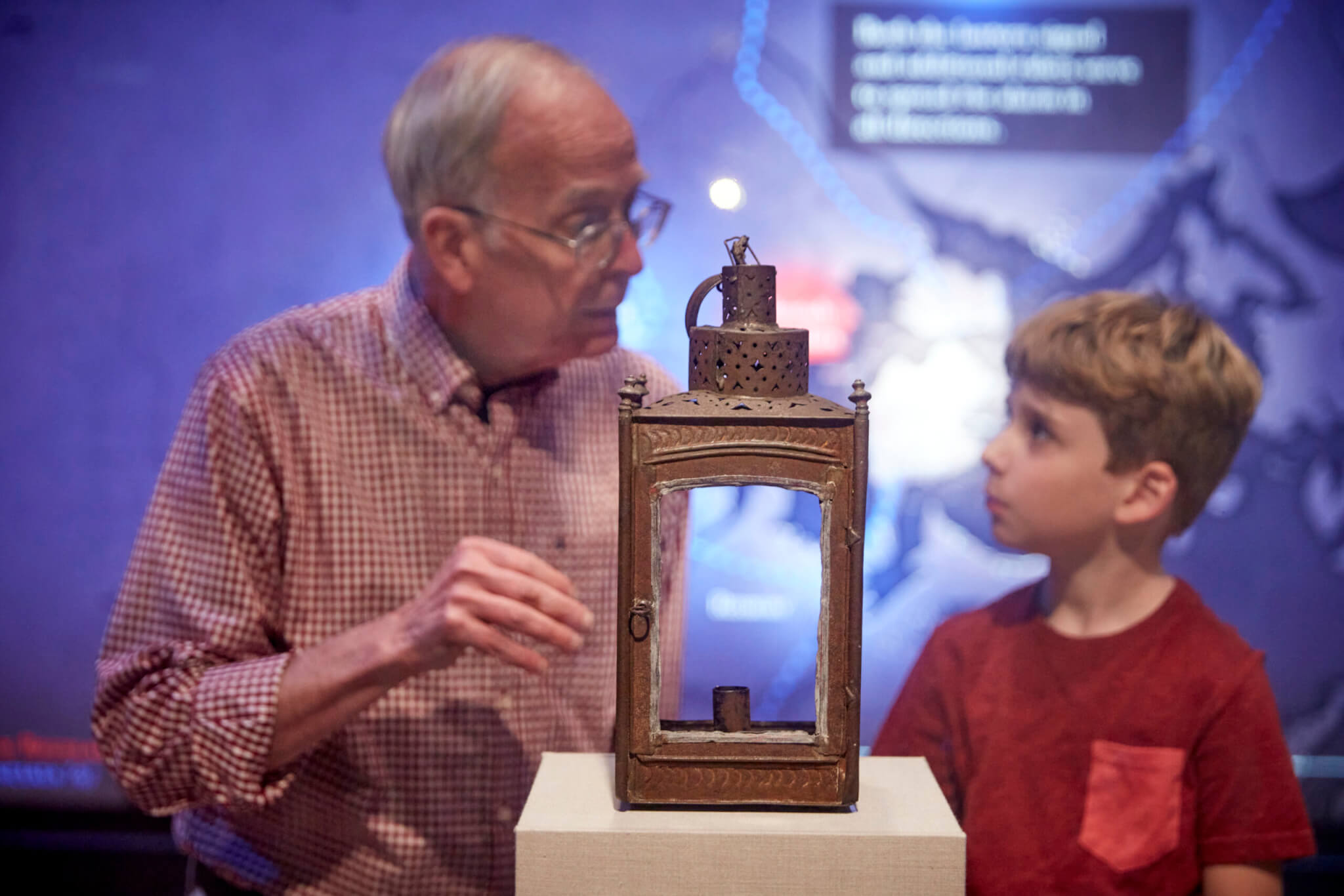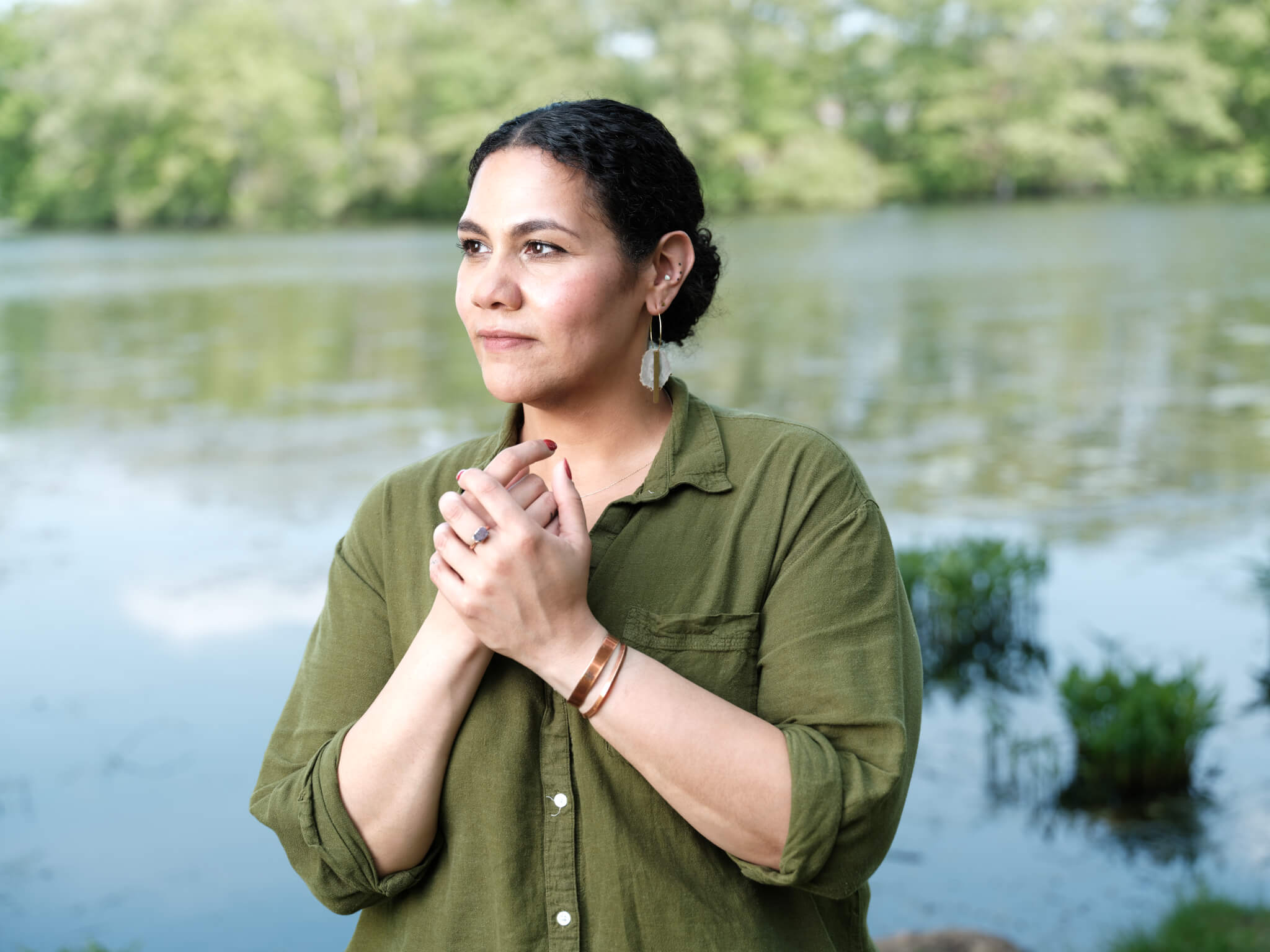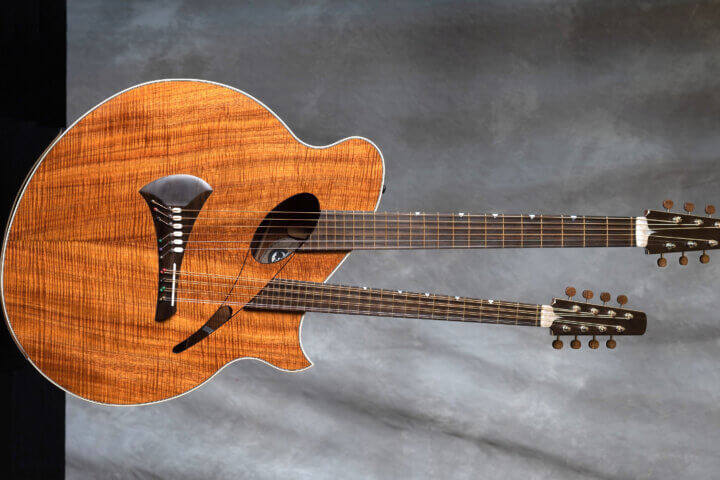By Dan Atkinson — Correspondent
For nearly 40 years, Concord Museum Curator David Wood has carefully preserved priceless pieces of the town’s history. Now, a $5 million grant will ensure his name lives on at the museum as well.
An anonymous donor bestowed the gift earlier this week, museum officials said.
The grant will help the institution upgrade its IT infrastructure and create an endowment fund to preserve its massive collection of historic objects. It will also establish an endowed curatorship in Wood’s name to fund the position permanently.
“I’m still getting used to the idea… It’s like an academic position being named for an academic instead of a donor, but for a museum to do that is slightly different, in my experience,” Wood said.
“It’s a tremendous honor.”
Lisa Krassner, Edward W. Kane Executive Director of the Museum, said the gift creates “an opportunity to have a position that is funded in perpetuity, but the real honor is in David Wood’s name.”
Wood, she said, is “a bit of a legend. He’s been one of Concord’s historians for decades; he has a deep, deep knowledge of Concord and its history. There’s very little about Concord David doesn’t have expertise about.”
Object lessons
Krassner said the endowment fund should allow the museum to conserve even more historical objects and at a greater rate than currently. And it will let the museum upgrade its online database to continue bringing Concord history around the world.
“The collections management system is a way for us to get our collection in a state-of-the-art database, to put more of the collection online for people to access. We have greater reach that way; audiences near and far can go on the website to see it,” Krassner said.
“It’s a transformative gift for us for sure.”
Wood said 14,000 students use the museum’s programming every year as part of their history curriculum, not just through field trips.
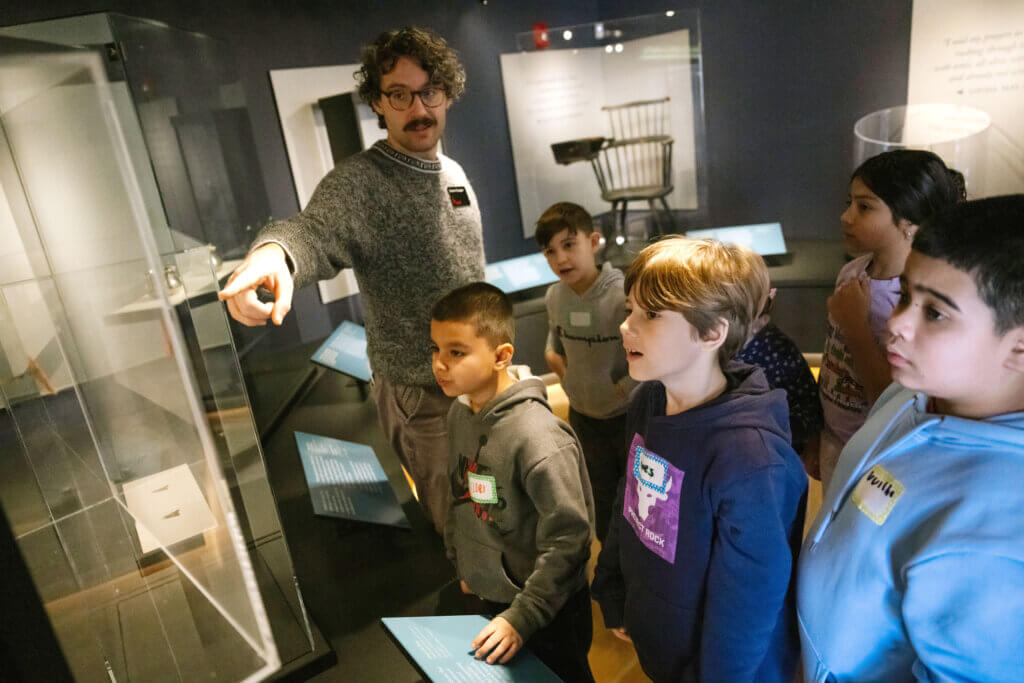
Objects like the lantern used to launch Paul Revere’s midnight ride or the powder horn of Amos Barrett, who was at the North Bridge on April 19, 1775, show and tell history in a way that recollections and studies do not, Wood said.
“Our April 19 exhibit is almost exclusively objects in our collection. Just that day, we’re able to narrate events almost hour by hour by pointing at different objects — ‘Here’s where this was at this time of day.’ It adds this immediacy,” Wood said.
“Rather than rely on later interpretations about what happened, we can go right back to the moment itself and look at it in a granular fashion. It’s certainly changed my thoughts on history.”
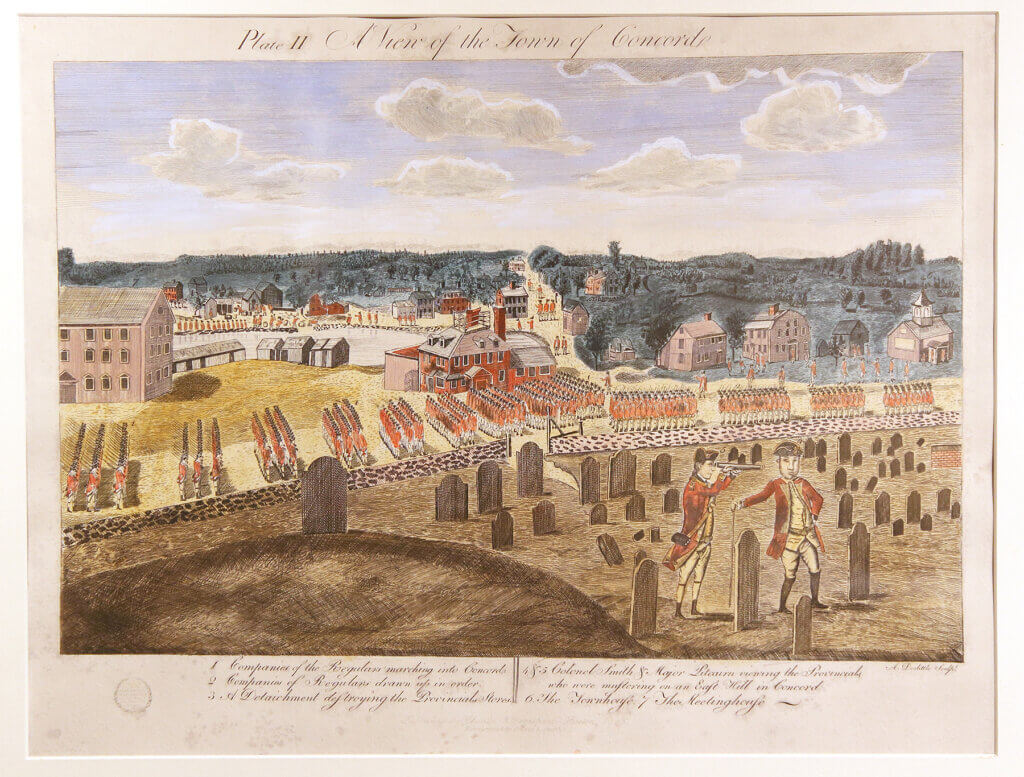
No comparison
Wood has made object-based history his area of study at the museum for almost four decades, and Krassner said he’s worked on more than 100 exhibitions.
He’s currently working to help prepare for the 250th anniversary of the American Revolution, drawing on the museum’s catalog of objects from 1760 to 1783.
But through his decades of work, Wood said he never thought he would get an honor like this.
“You do things, you mount exhibitions and write papers and write books in anticipation of some review, that someone is going to pick up what you put down and, with luck, do something better with it,” Wood said.
“That you can anticipate and work for and hope for, but this sort of thing… There really aren’t comparatives I know in the museum world. ‘Maybe one day they’ll name a position for me.’ I never anticipated that.”


